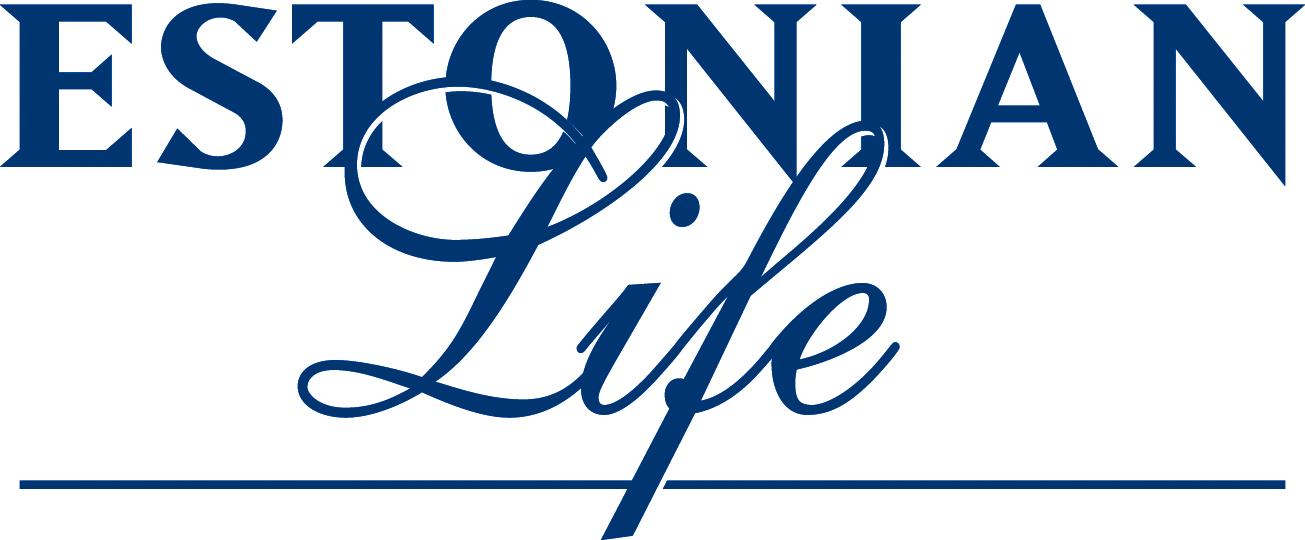
3 minute read
Lies, conspiracy theories and bogus information revisited
Rumors and conspiracy theories do well during periods of low confidence and trust. Those dealing with the COVID-19 pandemic are proliferating abundantly.
Some of these widespread myths: The New World Order forced a shut down of business, therefore causing economic chaos which would benefit a world elite. The G5 network activates the virus. The pandemic is a scam advanced by an international cabal. The Chinese deliberately created the virus as a biological weapon. Etc., etc.
Advertisement
Conspiracy theories are a form of political propaganda. They intentionally denigrate specific individuals or groups. Many of the theories are as harmful and dangerous as the causes they promote. Thus it’s necessary to be aware of what ideology they are advancing. It’s also essential to differentiate between the conspiracy theorist and those that believe in them.
Not all conspiracy theories are bogus. That Nazi Germany and Communist Russia agreed on a conspiracy to carve up Eastern Europe between themselves has been verified by all Western historians. Proof positive lies in the actual document signed by the two regimes on August 23, 1939 and what happened consequently when Stalin and Hitler invaded the requisite countries. This conspiracy theory is true, based on facts. Real conspiracies and secret plots do indeed happen. Ironically, historians tell us that Hitler was a conspiracy theorist and so was Stalin.
Sadly bogus theories vastly outnumber the genuine. Fortunately, readers generally aren’t gullible and can easily resist infection from any ludicrous conspiracy theory. And in spite of a conspiracy theory’s ability to live on like a dormant virus, the common sense of readers usually prevails.
Conspiracy theories are devoid of any nuance. It hits hard with notions of wholly “good” and wholly “evil”. This appeals to the ignorant. Conspiracy theorists claim ownership of reality with no counter-viewpoints available. They have disdain for political pluralism. Readers can mostly easily resist the disorientation of conspiratorial unreality and stand for common sense by relying on authentic facts and reasonable debate.
There are approaches to combating bogus ideas. We can demand that there be substance behind any claim used to make one believe. We can demand to know whether the so-called facts come from a reliable source. We ask if there’s some political agenda behind it.
One can analyze what’s not being told. What’s missing? Conspiracy theorists’ flawed reasoning suggests that we should believe this because of that. Logical fallacies are common in conspiracy theories, as are false assumptions.
Conspiracy theorists do not present the other side or alternative explanations. They have no willingness to consider different perspectives and aren’t open to information that refutes their preexisting position.
Conspiracy theorists may be totally convinced about the reality of their position. But this do not mean that it isn’t propaganda – virulent, noxious propaganda. Thus many conspiracy theorists of the extreme right and the extreme left are congenitally anti-Semitic. It seems as if antisemitism is part of the natural fabric of conspiracy theorists.
Conspiracy theories present the media with a vexing dilemma. The concept of free speech in our democratic liberal society is directly linked to sustaining free thought and free action. Ideas that are intolerable, offensive or just plain annoying cannot be suppressed. Some say that offensive speech is the most important speech to protect, yes objectionable, even despicable ideas must not be forced into silence.
But there are limits. Among many others are calls for discrimination, hate and violence, the encouragement of others to deliberately target one or more people, etc. Remarks against political beliefs, religion or creed do not fall in these categories.
The best way to defeat offensive ideas is with better ideas.
LAAS LEIVAT






